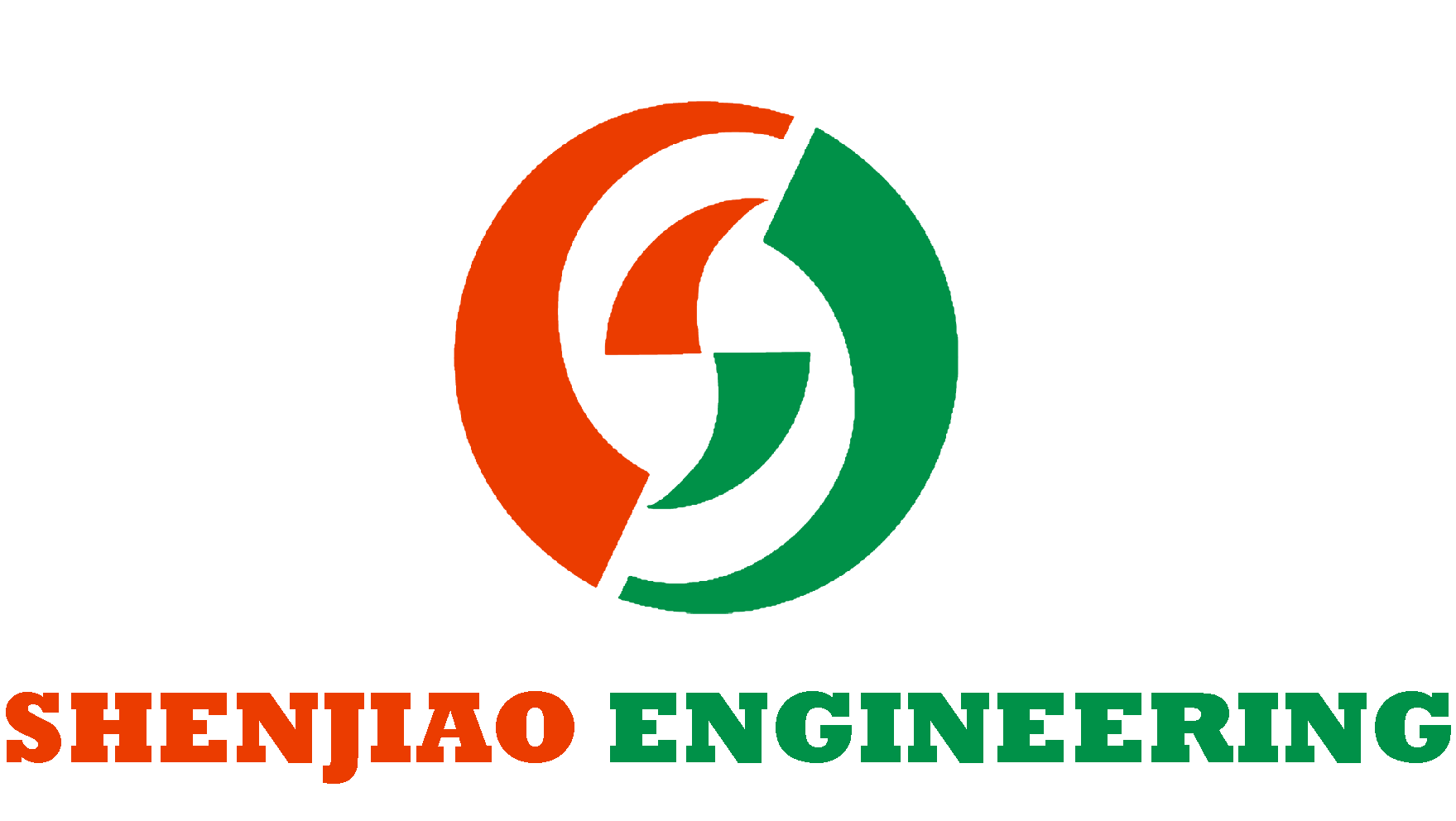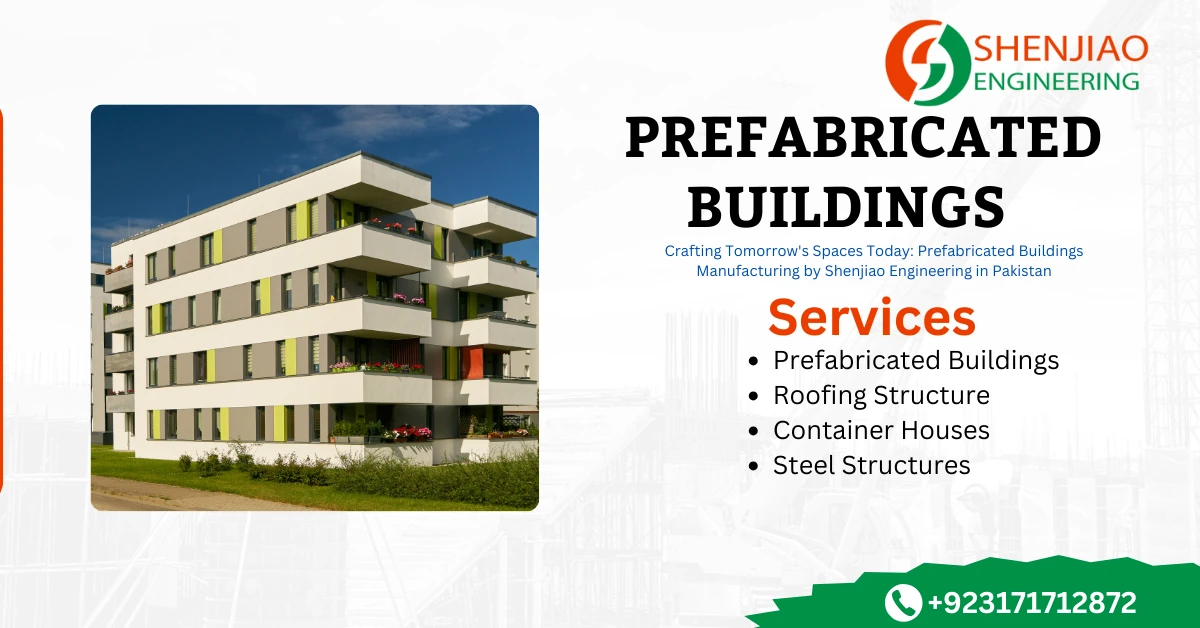Efficiency of Prefabricated Buildings
In advanced technology, efficiency is the top priority across all sectors, and construction is no exception. Prefabricated structures, also referred to as off-site or modular construction, are an innovative alternative to the inefficiency of traditional construction methods. By manufacturing building components in a controlled manufacturing environment and then assembling them on-site, prefabrication can help provide significant benefits regarding time, cost, quality, and environmental effects.
Time Efficiency
One of the most significant advantages of prefabricated buildings is the ability to reduce the time needed to construct them dramatically. Traditional construction projects typically face delays because of specific site conditions, weather conditions and coordination issues between different trades. Prefabrication, however, permits simultaneous installation of the module and site preparation. When the foundations are laid on the site. Building components are produced in factories, significantly reducing the project’s total duration. The parallel processing process can result in a 30 to 50% completion time quicker than traditional methods.
Cost Efficiency
- Labour Costs Construction in factories reduces the requirement for a large amount of on-site labour. Workers working in a controlled setting can improve building components, thus reducing time and cost.
- Materials Costs A large-scale purchase of raw materials to make prefabrication products results in economies of scale. Furthermore, the exact manufacturing processes reduce the amount of waste and further reduce costs.
- Financial Costs Speedier construction times means shorter loan periods and lower interest rates, which can result in significant savings for builders and developers.
- Lower Site Costs The requirement to reduce the amount of labor required on-site and shorter timelines for projects reduce costs related to managing sites’ security, maintenance, and temporary buildings.
Environmentally Efficiency
- Recycling The accurate manufacturing process in factories significantly reduces the amount of material wasted. All materials left over are reusable or recycled in the factory, which contributes to the creation of a more sustainable construction process.
- Energy efficiency They are typically built to be energy efficient in the back of their minds. The highest quality insulation and airtightness and modern HVAC systems help to lower the consumption of energy throughout the life of the building.
- Reduced site disturbance Since most of the construction takes place off-site, there’s less disturbance to the environment around it. This results in less noise, dust, and traffic on the site, which pays off in a smaller footprint on the environment.
- Lower carbon emissions The effectiveness of the prefabrication process results in lower carbon emissions overall. Lower transportation costs for the materials and fewer off-site activities reduce the carbon footprint.
Quality Control
The controlled atmosphere of a prefabricated factory assures better quality and a higher degree of reliability in comparison to conventional construction facilities. Factory settings permit strict quality control measures, precise assembly, and the use of the latest manufacturing techniques. This results in components for buildings that exceed or meet industry standards, with fewer imperfections and more excellent durability. Furthermore, manufacturing facilities are free of weather-related disruptions, which could affect the quality of the work done on-site during traditional building.
Flexible and Scalability
Structures are very flexible and adaptable. Modular design makes expanding and reconfiguring buildings easy to meet changing demands. Modular modules can be add without disruption, making prefabricated buildings perfect for growing businesses or institutions. This flexibility is especially advantageous in situations of disaster, which require quick deployment or expansion of vital buildings.
Innovative Design and Customization
Contrary to the notion that prefabricated buildings are not attractive, modern prefabrication techniques serve various design options. Innovative manufacturing technology allows the creation of custom designs that fulfil particular architectural requirements. Prefabricated components can be customize to meet specific project requirements. Which can be use to create attractive and functional structures.
Case Studies and real-world applications
Many real-world examples illustrate the efficacy of prefabricated buildings across a range of sectors:
- Residential housing in urban areas with limited space and construction speed is crucial. Prefabricated housing options are proven to be effective and economical. Examples of modular high-rise apartment buildings in New York City showcase the possibilities of prefabrication to provide high-quality housing quickly.
- Commercial Constructions Prefabricated retail spaces and office buildings benefit from shorter construction times, allowing businesses to begin operations faster. Companies like Google or Amazon have employed modular construction techniques to increase their office space quickly.
- Healthcare Facilities: Prefabricated construction has proved extremely useful in the rapid establishment of health facilities, particularly during times of emergency, such as the COVID-19 pandemic. Modular hospitals and clinics can be quickly set up and expanded as needed.
- Educational institutions: Universities and schools have embraced prefabricated structures to accommodate the rising demands for classroom space. Modular classrooms can be built during school breaks, which minimizes interruption to academic schedules.
Problems and considerations
While prefabricated structures offer a wealth of advantages, there are also challenges to be considered:
- Initial investment: The initial cost of setting up a prefabrication facility and the logistics involved in transporting modules can be huge. However, these expenses are usually compensated by the savings in the long run.
- Designs Limitations While it is possible to customize HTML0’s design, some complicated architectural designs might be difficult to realize through prefabrication. Collaboration with architects who are experience in designing modular structures is vital.
- Perception and acceptance: Certain users believe that prefabricated buildings aren’t as durable or robust as conventional structures. Informing the market about the benefits and developments in prefabrication is vital to gaining widespread acceptance.
Conclusion
Theprefabricated building manufacturers are an efficient alternative to conventional construction methods that offer significant advantages in terms of cost, time quality, and environmental impact. The factory environment is controlle to ensure consistency in quality and decreases waste. And the modular design of prefabricated structures allows for the flexibility and capacity to scale.
Despite the challenges of initial investment and perception of the market, the benefits over time make prefabrication an appealing opportunity for various construction projects. While the construction industry continues to develop and develop. Prefabricated structures are set to play a growing part in addressing the needs of our times. Providing eco-friendly, sustainable and superior construction solutions.



